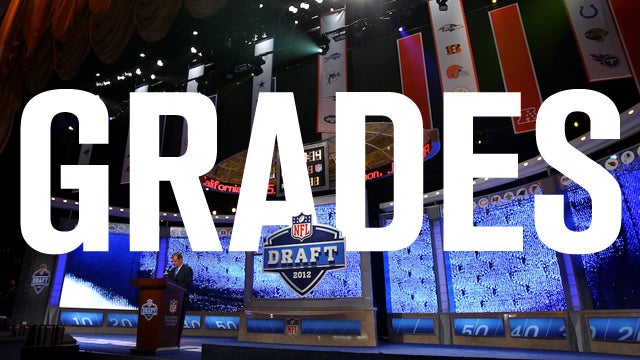
One thing that goes on in the spring that NFL fans don’t pay to much attention to is NFL scouts from the two NFL scouting services, BLETSO and National Football Scouting go on college campuses and doing what is called “junior days”. “Junior Days” are where scouts will get the players height, weight, some schools will allow guys to run 40s and the scouts will grade the film of the players that will be Seniors in the fall and give them what is called a “Spring Grade”.
Then around Memorial Day the two Scouting Services and all the NFL scouts that subscribed to either of those services will get together for a long weekend normally in Florida and read the spring reports and go over the “Spring Grades”. These grades become the road map of the scouts in the summer and fall to evaluate the next class of NFL prospects for the following spring draft.
Because of what is going on with the COVID-19 pandemic, many “juniors days” won’t happen so scouts won’t have information on those prospects leaving information need to make up “spring grades” unavailable.
Talking with multiple scouts the “Spring Grades” for the 2021 NFL Draft will either just not happen or be delayed and it will affect how the NFL teams do their business this upcoming fall and leading into next years NFL Draft. The reason why “Spring Grades” play such a big role is because of the two scouting services that the NFL uses, National Football Scouting (NFS) is the company that actually runs the NFL Combine in Indianapolis. They take their “spring grades” as the starting point for the invites to the NFL Combine that following January.
Even though “spring grades” are not made public and are suppose to remain proprietary the grades get out and agents, trainers, financial advisors, all-star games all try to get their hands on them to be able to make best decision on who to go after.
Yes the COVID-19 pandemic is going to effect the 2020 NFL Draft with Pro Days, Top-30 Visits and work-outs canceled but is already effecting the 2021 Draft as well.
True, there is much bigger problems with the COVID-19 pandemic but just something else that it is impacting.



